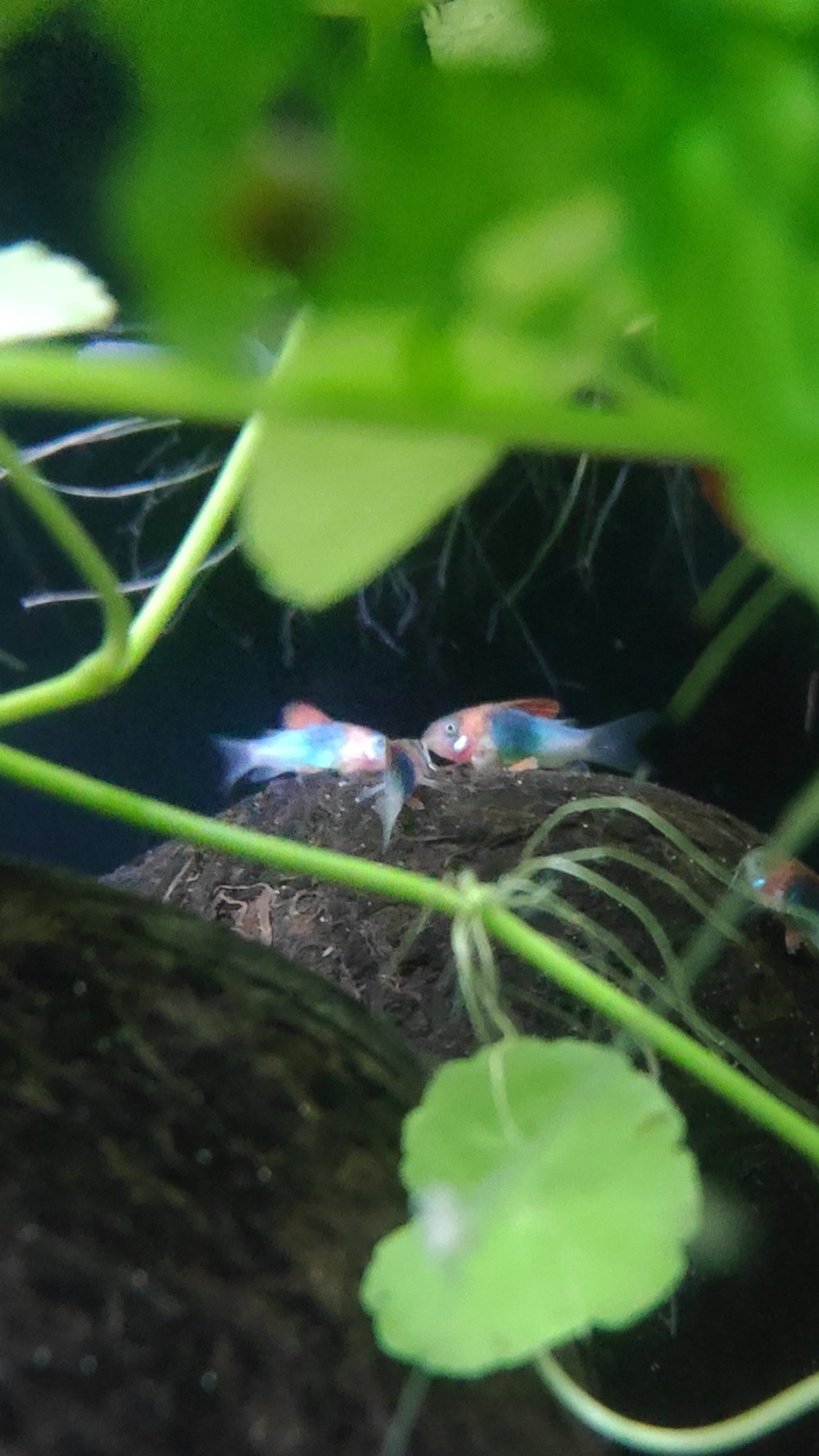So after 10 months of trying I have eques fry!
View attachment 221397
They're currently 2 weeks old.
I've had 3 spawns in total, the first was 23/07/24, the second 25/07/24 and the third 11/08/24.
I'm going to write a spawning log on planet catfish when they get to around the 2 month mark but happy to put my notes here if there's any interest. In short a dry period wasn't required just very stable conditions and no water changes for several weeks. I fed a lot of live food for the first two spawns but the last spawning happened after having fed just dry food for 2 weeks.

















